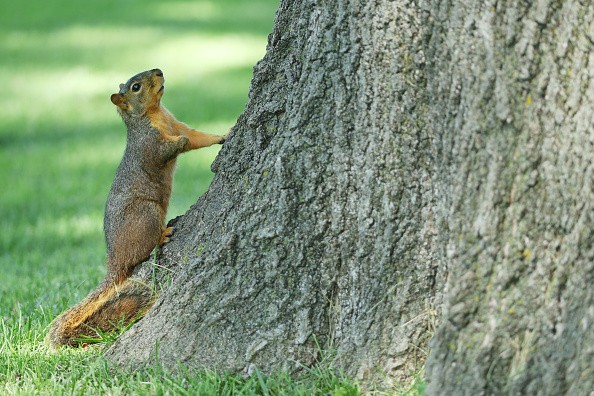Stress is a common occurrence in people. It happens when we are intimidated or overwhelmed, such as when we have too much work or are in impending danger.
We transmit our stress to others through our behavior and physiological changes.
Thus, under specific conditions, stress may communicate information and even be essential for survival.
On the other hand, the widespread transmission of stress from one individual to another commonly leads to dangerous circumstances in groups, such as mass panic.
Stress has a long evolutionary history
 (Photo : Andrew Redington/Getty Images)
(Photo : Andrew Redington/Getty Images)

According to Dr. Hanja Brandl from the Cluster of Excellence Centre for the Advanced Study of Collective Behaviour at the University of Konstanz, it has been consistently demonstrated that stress may be transmitted from one individual to another.
Even if you have never encountered stress, a comparable powerful physiological response is often elicited.
But what is known about animal stress?
The scientist reasoned that stress is communicated among animals since most animals spend at least some of their lives socializing with others.
Brandl's thesis was supported by earlier work that she reviewed for her study, as per ScienceDaily.
Other animals in the group may be just as stressed as the companion that had a traumatic encounter.
She believed that stress is firmly founded in evolution and that the mechanism is comparable in all vertebrates.
Brandl and her colleagues will thus perform more empirical investigations on birds, mice, and people to determine the consequences of stress on the group, such as the number of individuals impacted by stress.
She noted that this is a key role in the transmission or buffering of stress since stress is not only increased but also decreased in groups.
Also Read: Animal Research and Acupuncture: Stress Hormone Decrease
Wild creatures' psychological stress
On a daily basis, wild animals endure stressful situations such as physical trauma, sickness, food shortages, disputes with other members of their species or herd, and molting, among other things.
We will discuss stress connected to predation and social living in this section, as per Animal Ethics.
Predator-induced stress appears to manifest itself in two ways. The first stems directly from predatory pursuit, in which animals must contend with the stress of running or fighting.
The fight might be so severe that the prey animal dies from stress.
Wild rats died of heart attacks after being forced to listen to a tape recording of a cat-rat battle, while black-capped chickadees forced to listen to predator sounds had long-term stress reactions akin to PTSD.
Second, the stress in terrestrial and aquatic animals appears to result indirectly from predator-avoidance decision making, that is, a scenario in which the prey species is compelled to balance food and predator demands and determine whether to reduce foraging or risk higher exposure to predators.
Both options are expensive and stressful, but animals frequently reduce their chances of getting captured by eating less.
They prefer to conceal themselves in areas where predators are unlikely to be present yet food is sparse.
Additional stress reactions are likely to be produced by malnutrition and dehydration in those situations.
Predation is thus not just a direct stressor in the environment, but it is also an indirect stressor due to the tactics animals employ to avoid it.
This demonstrates how the threat of predation implies ongoing suffering for many wild creatures.
Identifying stresses in order to improve wildlife conservation
Stress becomes harmful when such circumstances occur more frequently than normal. Stress is increased by human factors.
Increasing changes in habitat, as well as noise and light pollution, have an influence on the animals' surroundings, according to Brandl.
Animal groups are divided by human structures, and they must traverse roadways and suffer noise. It is not unusual for animals to sleep near lamps.
Animals are somewhat flexible and may adapt to their surroundings.
Related article: Maternal Stress Affects Baby Elephant Development
© 2024 NatureWorldNews.com All rights reserved. Do not reproduce without permission.

![Tsunami Hazard Zones: New US Map Shows Places at Risk of Flooding and Tsunamis Amid Rising Sea Levels [NOAA]](https://1471793142.rsc.cdn77.org/data/thumbs/full/70325/280/157/50/40/tsunami-hazard-zones-new-us-map-shows-places-at-risk-of-flooding-and-tsunamis-amid-rising-sea-levels-noaa.jpg)



